CALHETA
(PARISH OF CALHETA MUNICIPALITY)
32° 43' 23" N 17° 10' 37" W
Calheta is a Portuguese parish in the municipality of the same name, on the island of Madeira, with an area of 23.47 km² and 3,163 inhabitants (2011). Its population density is 134.8 inhabitants/km².
Founded in 1430, Calheta is one of the oldest parishes on the island of Madeira and was one of the first to be explored by the first colonizers.
Calheta Parish Church
32° 43′ 23″ N, 17° 10′ 37″ W
The Igreja Matriz da Calheta or Igreja Matriz do Espírito Santo, is located in the municipality of Calheta, on the Island of Madeira, in Portugal. It is a building built in the mid-16th century with characteristics of the Manueline and Mannerist styles. It underwent a reconstruction process in 1639. This church has a very rich artistic-religious collection, including the ebony tabernacle with silver details (a gift from King D. Manuel I), the Manueline processional cross and even a Flemish triptych from the 16th century (the originals of which are found in the Museum of Sacred Art in Funchal). It has, as I pray, the Holy Spirit.
The story
Created around the year 1430, the parish of Calheta had its initial nucleus in the chapel of Nossa Senhora da Estrela, in Lombo da Estrela. This chapel was built by Diogo Cabral and his wife Beatriz Gonçalves da Câmara (daughter of João Gonçalves Zarco, administrator of the Captaincy of Funchal which comprised the current municipalities of Funchal, Câmara de Lobos, Ribeira Brava, Ponta do Sol and Calheta).
In his work "Arco da Calheta - Evangelization, devotion and cultural heritage", Antonio Marinho Matos states that “The parish of Calheta was one of the first to be created on the island of Madeira, […] contemporary with the parish of Nossa Senhora da Conceição de Baixo or Calhau Church, in Funchal, and São Sebastião, in the same city. The original parish would have been based in the Estrela chapel, with the patron saint of the same name, only later moving to Espírito Santo with the construction of another church. The parish of Calheta, on the date of its creation, had 1931 souls. Its curate was created by royal charter of August 27, 1589, with the sum of 20,000 reis annually. […] Gaspar Frutuoso, in his description of Saudades da Terra referring to the first coastal exploration of the island of Madeira, carried out by Gonçalves Zarco, already refers to the name Calheta as a landing place with good conditions for reaching dry land.”
It is also worth noting that Father Fernando Augusto da Silva himself in his work "Elucidário Madeirense (volume I)" states that “The village of Calheta is one of the oldest on this island and one of the first to be explored by the primitive colonizers. The discoverer took a large hill for his son João Gonçalves da Câmara, and vast lands on the right bank of the river for his daughter D. Beatriz Gonçalves, who married Diogo Cabral. His father-in-law donated other land to him in sesmaria, and he had the chapel of Nossa Senhora da Estrela built on them, where he established a morgue and where he was buried.”
Subsequently, and with advances in colonization and agricultural activities on Madeira Island, the parish of Calheta began to have a new center of religious worship in Vila da Calheta, with Divino Espírito Santo as its patron saint. In terms of its construction, the exact date is unknown, pointing to the end of the 15th century and beginning of the 16th century. As early as 1639, the date engraved on the pulpit, this parish church underwent a process of reconstruction and improvement.
The Calheta Parish Church has a precious artistic-religious and architectural collection that is unique in the Autonomous Region of Madeira. It is worth highlighting the Moorish-style ceiling, similar to that of the Funchal Cathedral. It also has a tabernacle worked in ebony with silver ornaments, a gift from King D. Manuel I to his "beloved Vila da Calheta", together with the Manueline-style processional cross. Some pieces of religious jewelry that stand out in this church are: the Pallium rods, lanterns, the cauldron, candlesticks, the silver lamps and the Holy Spirit Sage. With regard to painting, the church has, in the chapel of the Blessed Sacrament, an oil painting of the “Immaculate Conception”. Also noteworthy are two replicas of the side panels in the Chancel, the originals of which are found in the Museum of Sacred Art, in Funchal. These side panels are part of a 16th century Flemish triptych, oil painting on cedar wood, representing the Archangel Gabriel and the Virgin Mary and Saint Francis and Saint Anthony, by the Flemish painter Jan Provoost. In terms of sculpture, a set of the "Last Supper" in full body from the end of the 17th century stands out, which, due to the natural wear and tear of time, was recently restored. In the tiles, a group of four cob-pattern tiles stands out, located on the wall under the pulpit and another scattered on the floor of the chapel of the Blessed Sacrament. Portuguese tiles from the end of the 18th century are printed on the side walls of the Chancel.
Influence of Sugar Cane
According to several historical documents, the cultivation of sugar cane (Saccharum L.) was established on Madeira Island in 1425, at the behest of Infante D. Henrique, shortly after the settlement of this archipelago. Given the high demand and economic interest of this crop, since sugar was a product widely sought after by royal and noble families throughout Europe, it became one of the main sources of wealth and development in the archipelago.
The first sugarcane plants introduced to the island came from the Italian island of Sicily and showed great ease in adapting to the soil conditions and climatic conditions on the southern coasts of the island. Given the importance that sugar production assumed in the daily lives of the Madeiran population, the culture developed and production techniques were improved (and later “exported” to Brazil). At the beginning of the 16th century, according to Alberto Vieira, the notorious development of sugar cane on Madeira Island led “[...] the crown to define four districts to better collect rights (Ribeira Brava, Ponta do Sol, Calheta and Funchal ). According to the reason presented by Bachelor Bartolomeu Lopes in 1520, it is possible to establish a percentage value for the sugar production of each of the regions: 33% from Funchal, 27% from Calheta, 20% from Ribeira Brava and Ponta do Sol.”
Subsequently, in the middle of the 17th century, sugarcane production received a rude blow with the exponential growth of Brazilian sugar production which, given the abundance, quality and colossal cultivation area, commanded prices that were much more competitive than the prices set in Madeiran sugar. According to António Marinho Matos, “[…]The sugarcane culture in Madeira was, therefore, dead. Until the culture would flourish again with the destruction of the vineyards from 1846 to 1852. The culture remained flourishing again until 1882, with the construction of several sugar factories, but in that year the sugarcane fields began to be attacked by a disease, Conyothyrium melasporum, which destroyed them almost completely, and finally the sugarcane fields were reconstituted with the introduction of new selected grape varieties from Mauritius, which in 1890 were spread throughout the island.”
Calheta, next to Funchal, was one of the main centers for the cultivation and processing of sugar cane itself (facilitated by the creation of several agricultural mills). All this social and agricultural development made Calheta gain great economic power through the trade in the so-called “white gold”. Such wealth allowed the recognition of this location by King D. Manuel I himself who, according to Gaspar Frutuoso in his work “Saudades da Terra”, elevated it to a town and later, in 1502, to a municipality. The monarch himself offered a tabernacle made of ebony with silver details. In addition to this piece, the wealth associated with sugar allowed the acquisition of other beautiful pieces of art that, mainly, began to decorate the interior of the Calheta Parish Church.
António Marinho Matos once again highlights the fact that “The town of Calheta, during the 17th century, was the headquarters of a small customs delegation, naturally to collect taxes related to the sugar industry. […] For this reason, in Calheta there was the position of quintador and registrar of the quintas, whose duties consisted of applying the taxes that fell on the sugar that was manufactured there. With this product it was possible to purchase or even exchange valuable works in the field of painting and statuary of a religious nature and which are still preserved today in our churches and museums.”
Three main festivities are celebrated in the Calheta Main Church, namely: the Feast of the Holy Spirit (orago) on Pentecost Sunday; the Feast of the Blessed Sacrament; and the Feast of Nossa Senhora dos Bons Caminhos, on the last Sunday of September.
ENGENHO DA CALHETA
Travelling through the sugar-producing past of the archipelago of Madeira is, in a way, navigating through the history of this people. The Engenho da Calheta is an iconic testimony to this legacy. It is, therefore, an enriching visit to be included in any itinerary along the west coast of the island.
The 'Sociedade dos Engenhos da Calheta' was created in a context of great industrial development. That period, corresponding to the late 19th century and the early 20th century, can be characterised as the second Madeiran sugar cycle (a product once called 'white gold').
With more than half a century of existence, Engenho da Calheta is one of the oldest sugar cane mills on the island. This facility produces the internationally renowned Madeira rum, obtained under controlled fermentation and a careful distillation process, and the unmistakable sugar cane honey, made by steaming the 'garapa'.
The Engenho da Calheta, situated in the heart of the town, is a true living museum. The mill works once a year, usually after Easter celebrations. It is a unique opportunity to travel back in time. However, the facilities, which include a tasting room and a wine bar, can be visited all year round.
Details
The Engenho da Calheta, over half a century old, is one of Madeira's oldest sugar cane mills. It produces two iconic regional products: rum and sugar cane honey.
👇👇👇👇
💝💝
💓💓💓💓💓
SEARCH
IN CALHETA MUNICIPALITY
Calheta;
Arco da Calheta;
Estreito da Calheta;
Jardim do Mar;
Prazeres;
Paul do Mar,
Fajã da Ovelha;
Ponta do Pargo;
Return to mainland Portugal and
to the Azores and Madeira islands




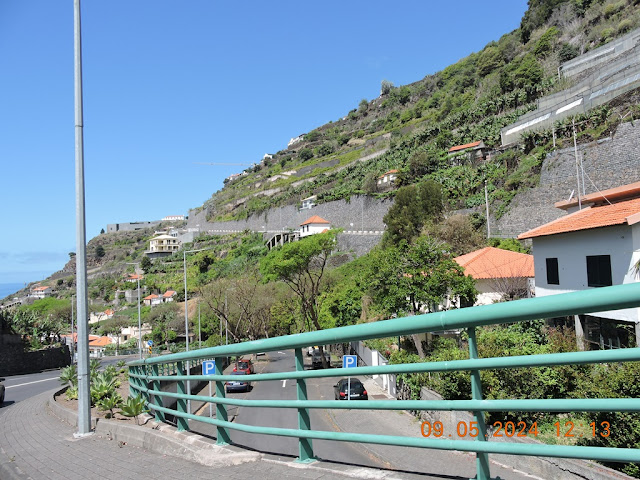



















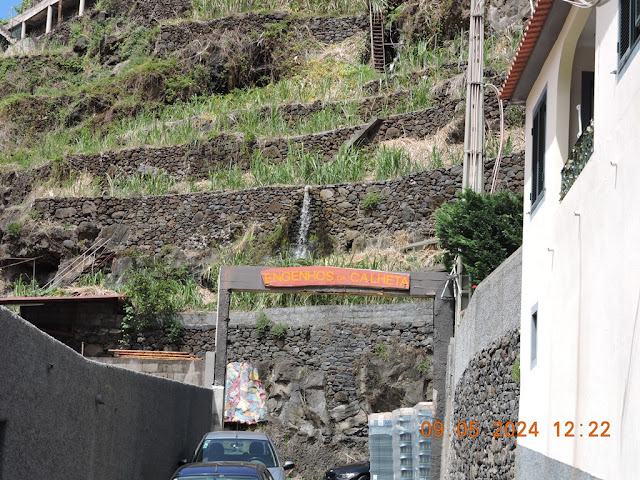




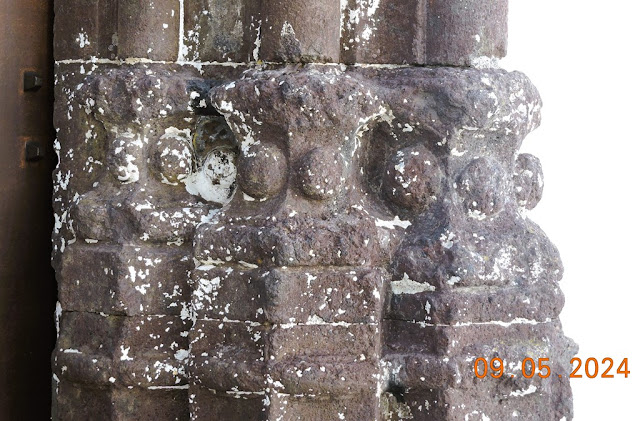












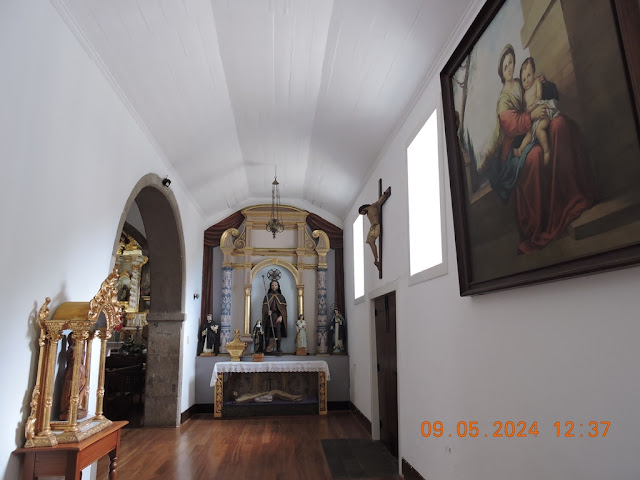










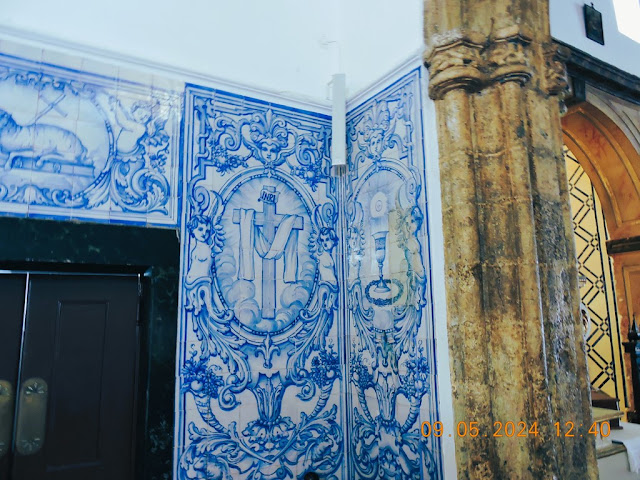









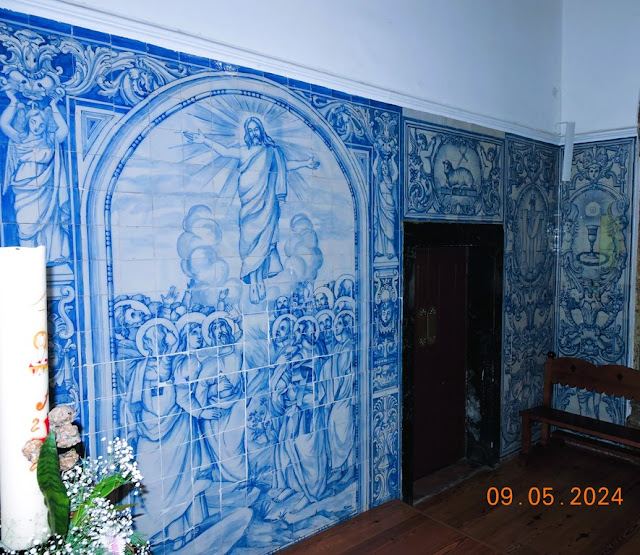






















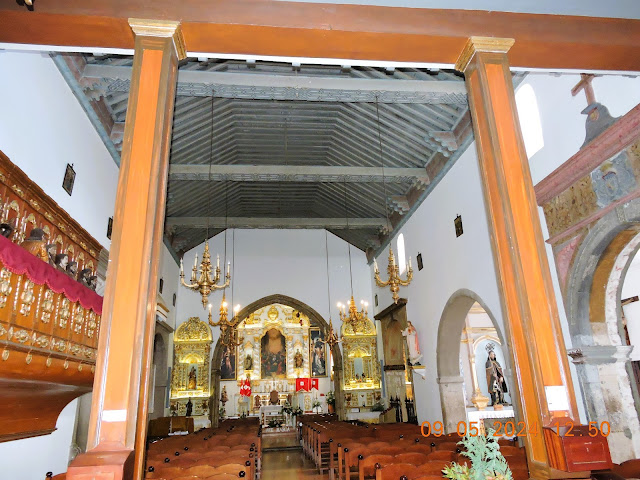



















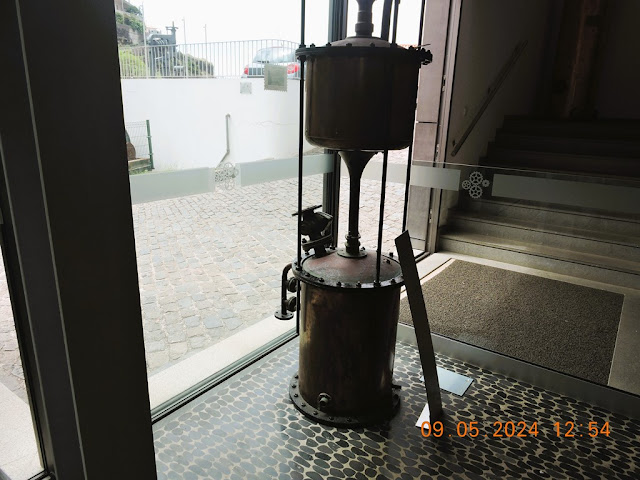
























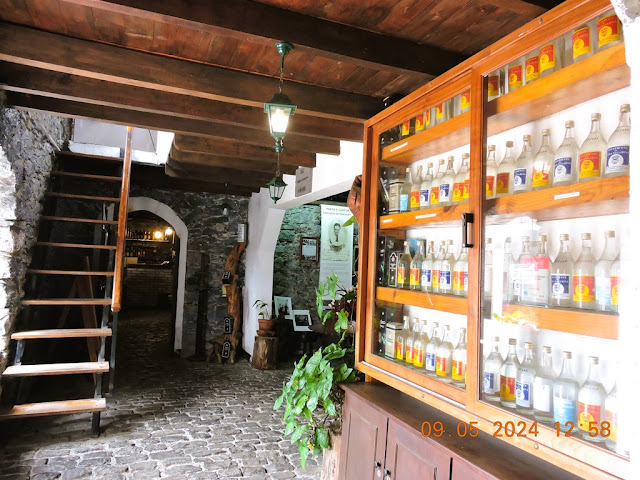





























































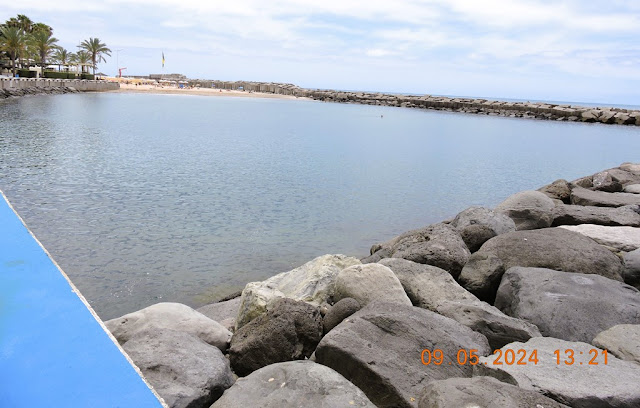










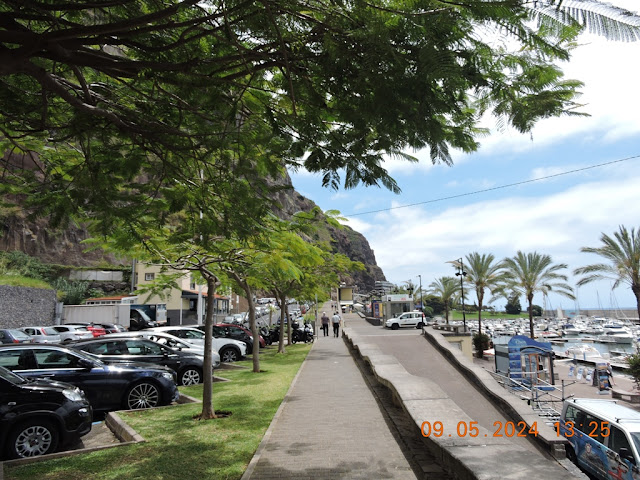










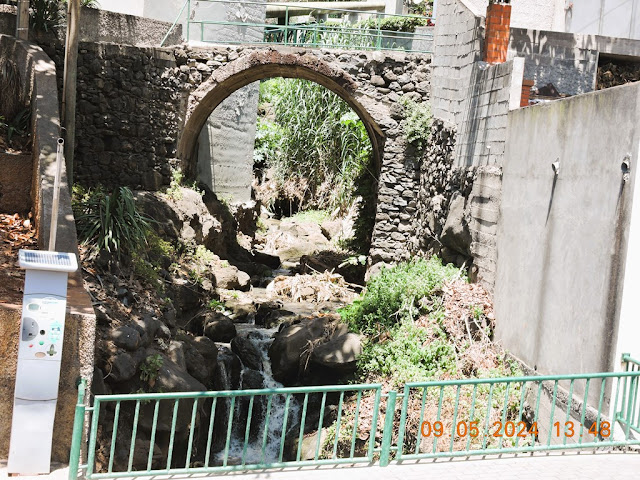

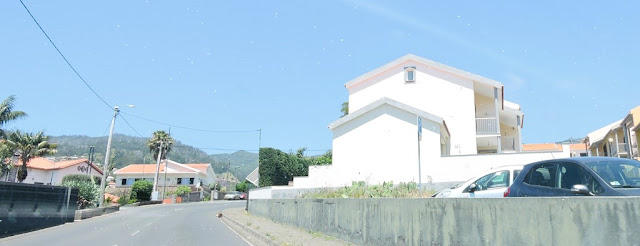





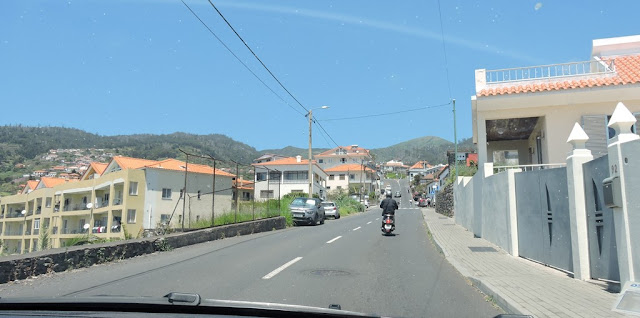
















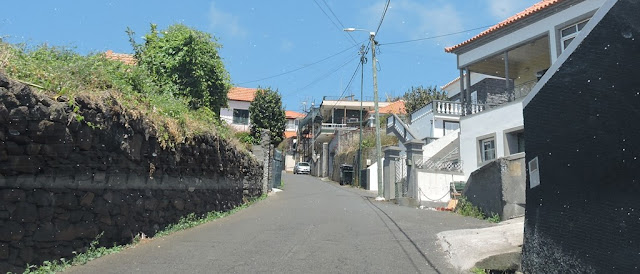







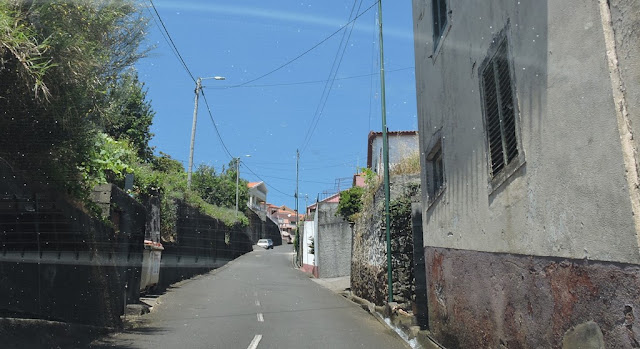













No comments:
Post a Comment